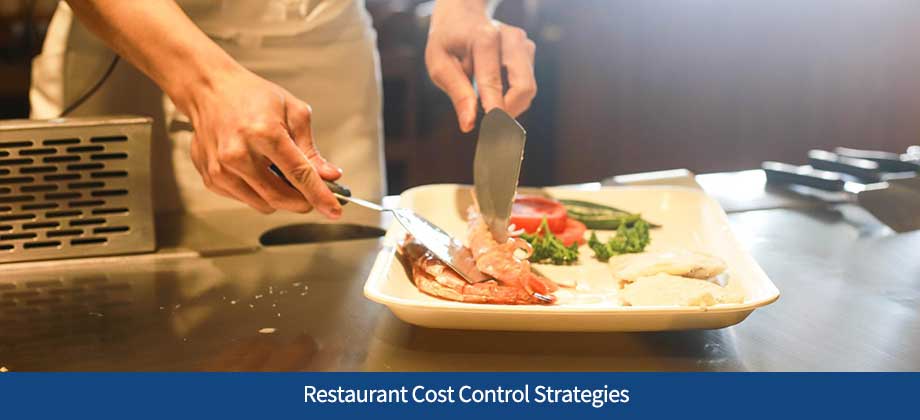Restaurant Cost Control Strategies

Cost control is a critical part of every business, and the restaurant industry is no exception. Many restaurants fail not because of their food or customer service, but because they couldn’t control their food costs. If this sounds familiar (or you don’t want it to sound familiar!), read on for our best strategies on keeping your costs in check.
Inventory Management is Key
Inventory management allows you to track how much your restaurant is consuming and helps determine when you need to restock food, supplies, etc. Keeping an eye on what’s coming in and going out of your restaurant will allow you to order items when it makes sense. Too much inventory means your money is being wasted, sitting idly until that inventory is used and converted into revenue. Investing in a great inventory management software solution can help take the manual process out of inventory management, and there are a ton of great options out there to choose from.
Buying on Credit
Purchasing items in bulk often lets you snag a better deal with vendors—and using cash isn’t always a viable option. Consider buying on credit or looking into a line of credit, like the one we offer at ARF Financial. A line of credit allows you to withdraw funds when you need them, paying interest only on what you borrow. This makes particular sense when you’re purchasing equipment or food, the needs for which might arise unexpectedly. It’s always a good idea to have easily accessible funds on-hand.
Eyes on Yield Management
Per Wikipedia, yield management “involves strategic control of inventory to sell the right product to the right customer at the right time for the right price.” In the restaurant world, this is a critical component in curbing food costs. Yield management is designed to help you determine how much of any given product (be it meat, produce, cheese, etc.) is needed to make a particular menu item. It’s also helpful in terms of filling seats, which are your most limited asset—how do you make the most of those available seats, seats that you’re paying for regardless of whether there are paying customers in them?
Reduce Employee Turnover
Hiring and onboarding employees is expensive business. Data suggests it costs approximately $4,000 to hire a new staff member. That’s why reducing turnover is an important measure in cost control. The restaurant industry in particular faces incredibly high turnover (around 73 percent!), which equates to a lot of lost revenue. You will want to focus on recruiting top talent and hiring the best quality candidates for any roles you need to fill.
Need a small business loan? The expert consultants at ARF Financial are ready to help find the perfect loan product—the one that’s designed to work specifically for your small business. Stop by today to learn about our best-loved Flex Pay loan, bridge loans, lines of credit, and more. We can’t wait to help you reach your business goals.

